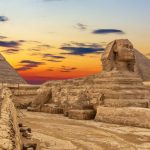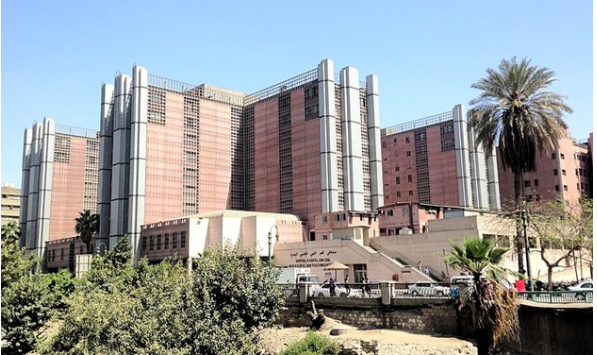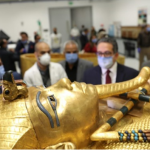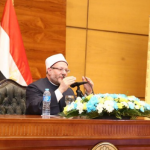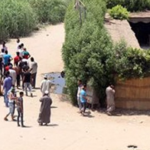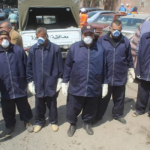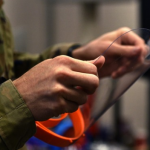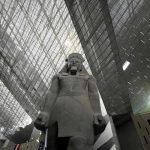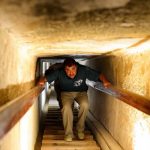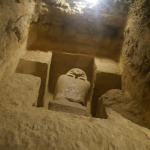The arduous tale of the discovery of Tutankhamun’s tomb outlines the unique problem faced by archaeologists trying to uncover the secrets of Egypt’s Valley of the Kings. Having drawn up plots in which to excavate, Howard Carter and Lord Carnarvon searched desperately for the Boy King’s resting place, only to eventually find its entrance cloaked by the neighboring tomb of Ramses VI. In a valley where the wealthy dead were laid to rest with their most precious belongings, tombs were intended to evade those searching for them, and so attempts to find missing figures in history are still thwarting archaeologists to this day.
One such hotly sought-after Egyptian is the mother (or stepmother, researchers aren’t quite certain which) of Tutankhamun, Queen Nefertiti. For decades there has been a back and forth as to the location of her missing remains with the media reporting from one year to the next that Queen Nefertiti has been “found” while she sits out there somewhere, presumably sniggering at our naivety, in her still-not-yet-discovered sarcophagus.
A popular theory for the all-time Hide and Seek champion is that she’s tucked away in a secret chamber in the tomb of Tutankhamun, an afterlife property the world has been very familiar with since its groundbreaking discovery in 1922. In 2015 a paper titled The Burial of Queen Nefertiti? referenced high-resolution images that were believed to reveal the location of hidden doors within the tomb. This theory was later supported by distinct lines observed on the ceiling of the tomb, which led researchers to believe one of the “rooms” was actually a corridor, sealed off by a false wall. But as technological advances continue to change the way we practice archaeology, the convictions of this “hidden chamber” continue to waiver.
Recent findings from a team led by archaeologist Mamdouh Eldamaty, a former Egyptian minister of antiquities, reported on by Nature, detail the outcome of ground-penetrating radar (GPR) used to scan the area surrounding Tutankhamun’s tomb. Initial reports indicate that they have identified a previously unknown corridor-like space a few meters from the burial chamber, findings which were presented to Egypt’s Supreme Council of Antiquities (SCA) earlier this month.
Theoretically the idea of a hidden chamber within the tomb makes sense, as Tutankhamun’s pad is unusually small for a member of royalty. The spaces detected in Eldamaty’s GPR investigation appear as pale blue areas on the radar, which indicate a gap in the bedrock a few meters to the east. The team can’t yet confirm if the “space” is connected to Tutankhamun’s burial chamber, but the 2-meter-high (6.5 feet), 10-meter-long (32 feet) gap is at the same depth and runs parallel to the tomb’s entrance corridor.
As exciting as this sounds, not everyone is convinced. Zahi Hawass, another former Egyptian antiquities minister, told Nature that using geophysical techniques to search for tombs has “never made any discovery at any site in Egypt” and only serves to raise false hopes. He’s reported to have excavated an area to the north of the Boy King’s tomb in search of alternative entrances but found nothing. Francesco Porcelli, a physicist at the Polytechnic University of Turin in Italy, led a similar GPR survey inside the tomb in 2017, concluding in a paper published last year in the Journal of Cultural Heritage that his findings actually ruled out any possibility of there being hidden rooms within the tomb.
Eldamaty plans to return to the site to carry out further studies of the area north of the known burial chamber but faces difficulties as the resting place of Tutankhamun is once again obscured, only this time by air conditioning units rather than another tomb. Without removing these, the team will struggle to get a read on the bedrock in this crucial area, but hopes remain that by using a different antenna and taking readings closer together they may pin down the shape and location of the “hidden room” to within a few centimeters.
You’re safe for now, Nefertiti.
Credits to: iflscience.


